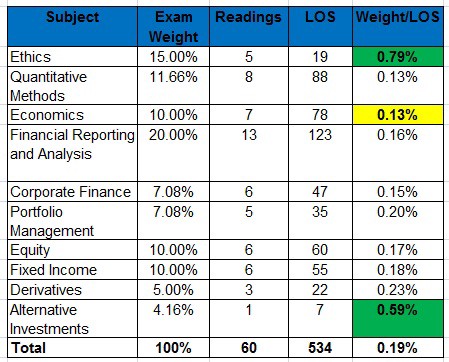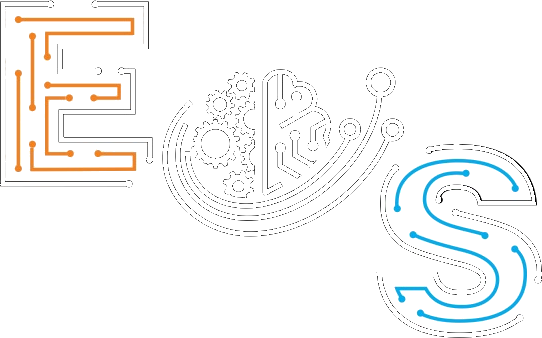
The Unicode computer encoding standard defines a single code for both. Because of its use in early American computer applications such as business accounting, the dollar sign is almost universally present in computer character sets, and thus has been appropriated for many purposes unrelated to money in programming languages and command languages. When a specific variant is not mandated by law or custom, the choice is usually a matter of expediency or aesthetic preference. (An 1861 Civil War-era advertisement depicts the two-stroked symbol as a snake.[18]) The two-stroke version seems to be generally less popular today, though used in some "old-style" fonts like Baskerville.
However, because of font substitution and the lack of a dedicated code point, the author of an electronic document who uses one of these fonts intending to represent a cifrão cannot be sure that every reader will see a double-bar glyph rather than the single barred version. Because of the continued lack of support in Unicode, a single bar dollar sign is frequently employed in its place even for official purposes.[28][34] Where there is any risk of misunderstanding, the ISO 4217 three-letter acronym is used. The explicitly double-barred sign is called cifrão in Portuguese.
Cuál es la diferencia entre símbolo de dólar y símbolo de peso
The symbol appears in business correspondence in the 1770s from Spanish America, the early independent U.S., British America and Britain, referring to the Spanish American peso,[1][2] also known as "Spanish dollar" or "piece of eight" in British America. Those coins provided the model for the currency that the United States adopted in 1792, and for the larger coins of the new Spanish American republics, such as the Mexican peso, Argentine peso, Peruvian real, and Bolivian risk measurement methods sol coins. The dollar sign "$" has Unicode code point U+0024 (inherited from ASCII via Latin-1). JoyPixels have released version 8.0 of their freemium emoji set, introducing support for the 2022 emoji list including the 🩷 Pink Heart and 🫨 Shakin... This website is using a security service to protect itself from online attacks. There are several actions that could trigger this block including submitting a certain word or phrase, a SQL command or malformed data.
However, for usage as the special character in various computing applications (see following sections), U+0024 is typically the only code that is recognized. In most English-speaking countries that use that symbol, it is placed to the left of the amount specified, e.g. "$1", read as "one dollar".
Dollar sign
However, such usage is not standardized, and furthermore the two versions are generally considered[citation needed] mere graphic variants of the same symbol—a typeface design choice. Computer and typewriter keyboards usually have a single key for that sign, and many character encodings (including ASCII and Unicode) reserve a single numeric code for it. Indeed, dollar signs in the same digital document may be rendered with one or two strokes, if different computer fonts are used, but the underlying codepoint U+0024 (ASCII 3610) remains unchanged. In LaTeX, with the textcomp package installed, the cifrão () can be input using the command \textdollaroldstyle.
Diario Oficial de la Federación - dof.gob.mx
Diario Oficial de la Federación.
Posted: Tue, 17 Sep 2019 07:00:00 GMT [source]
The numerous currencies called "dollar" use the dollar sign to express money amounts. The sign is also generally used for the many currencies called "peso" (except the Philippine peso, which uses the symbol "₱"). In other cases, and to avoid ambiguity in international usage, it is usually combined with other glyphs, e.g. Particularly https://1investing.in/ in professional contexts, the unambiguous ISO 4217 three letter code (AUD, MXN, USD, etc.) is preferred. The one- and two-stroke version are often considered mere stylistic (typeface) variants, although in some places and epochs one of them may have been specifically assigned, by law or custom, to a specific currency.
